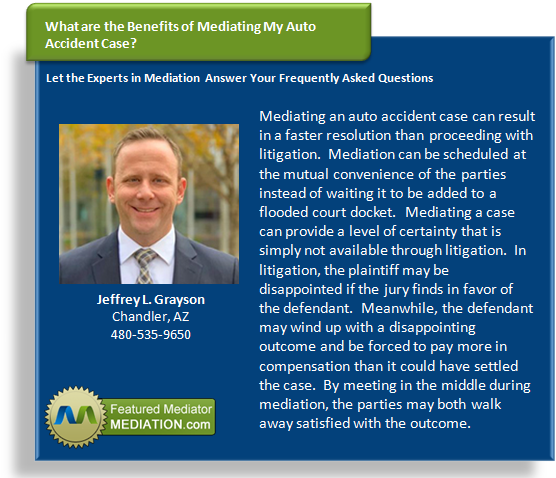Resolving Eminent Domain Disputes Using ADR Methods
 Eminent domain describes the ability of the state to take private property for public use. It is easy to understand why something like this could trigger a vicious legal battle that takes a great amount of time to resolve. Unfortunately, within that timeframe, individuals can exhaust their resources fighting the government and the project the government intended to create can go undone, which can be a detriment to society.
Eminent domain describes the ability of the state to take private property for public use. It is easy to understand why something like this could trigger a vicious legal battle that takes a great amount of time to resolve. Unfortunately, within that timeframe, individuals can exhaust their resources fighting the government and the project the government intended to create can go undone, which can be a detriment to society.
So what is the best way to resolve eminent domain issues? It is even possible to achieve a resolution that makes everyone happy – especially the individuals who are at the mercy of a government with vast resources and powerful attorneys?
Often, alternative dispute resolution (ADR) is the best way to resolve the issue.
Eminent domain requires the state provide fair compensation in exchange for whatever property it assumed ownership over. Of course, what the government deems fair and what the owner who is losing his or her property deem fair can be light years apart. This is where ADR can have a significant impact.
What are the benefits of using ADR methods like arbitration and mediation for resolving eminent domain disputes?
ADR is confidential. It doesn’t matter if mediation or arbitration is chosen, both offer a private method for resolving legal disputes. The private information of the individual will not be accessible in public records during the process and anything that is discussed during either process cannot later be used against either party.
ADR is flexible. Using mediation or arbitration to resolve an eminent domain dispute works so well because there is an ability to tailor the resolution to suit the specific needs of those involved. In mediation, it is the disputing parties that have complete control over the outcome, so if they are willing to agree on an unorthodox solution, they are free to pursue it provided it is legal.
Eminent domain disputes can grow into ugly battles, but ADR makes them easier to resolve.









